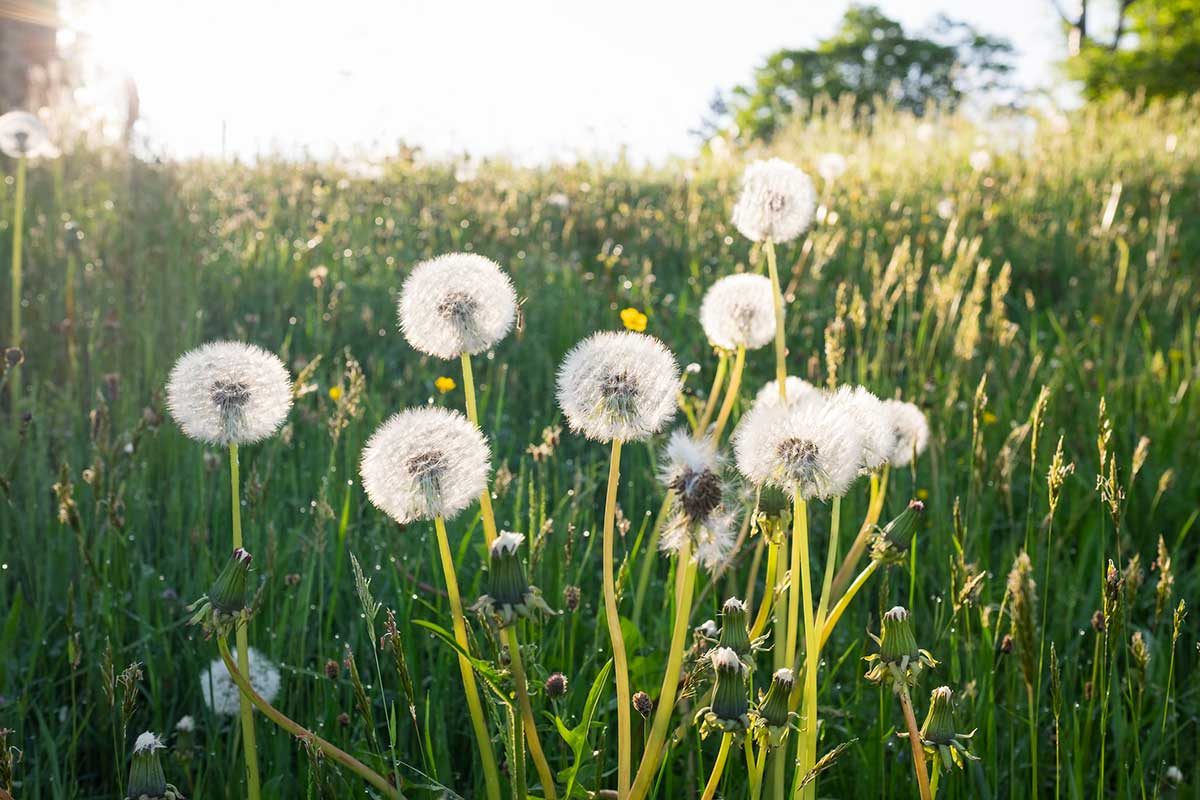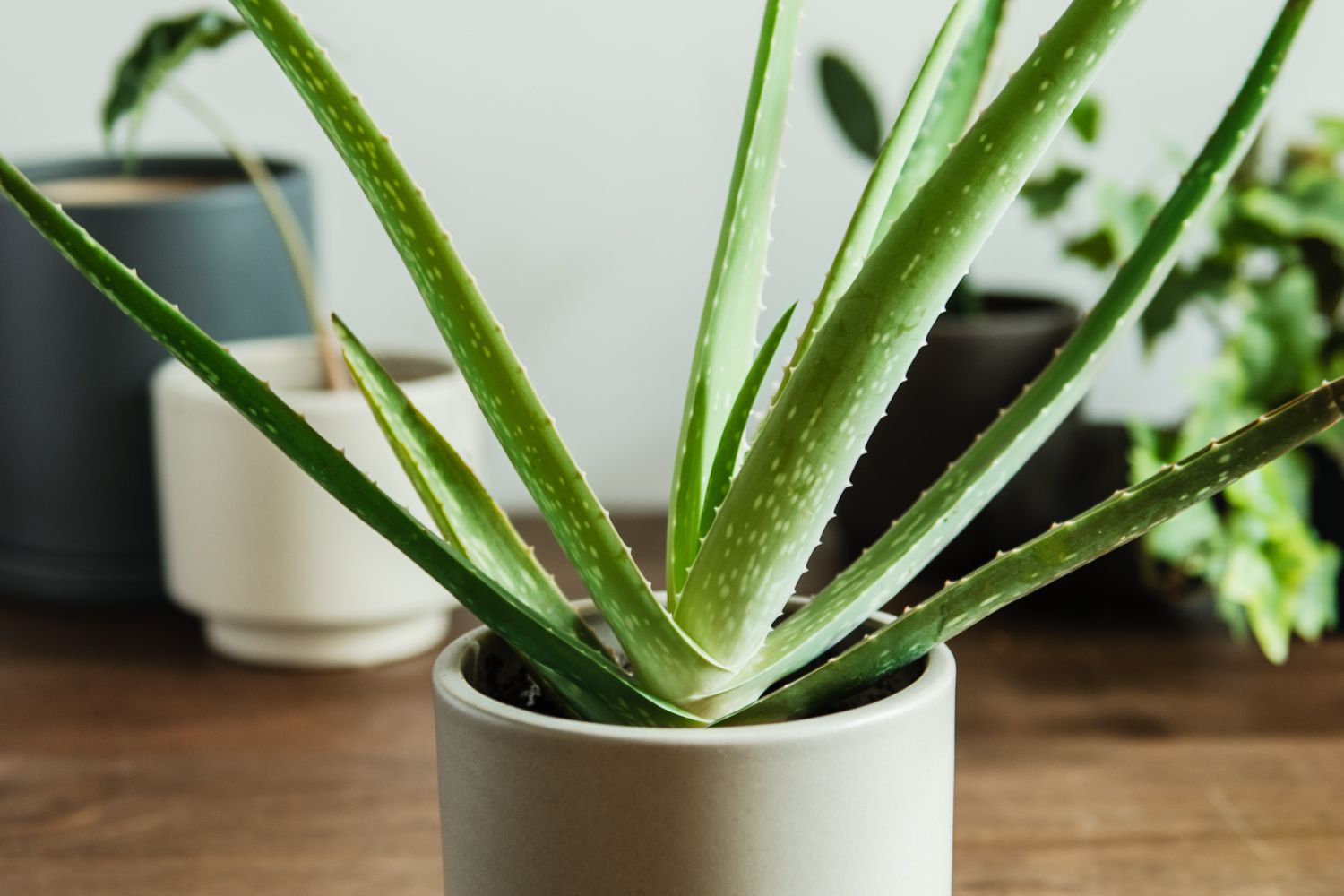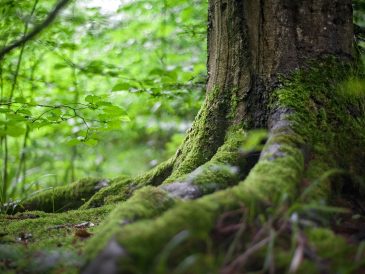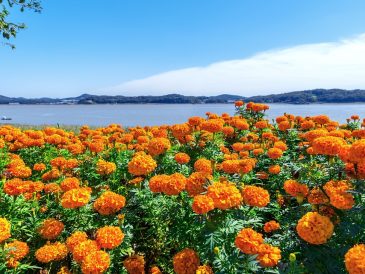In almost every type of natural landscape, most of the plants you see belong to the group known as seed plants – so-called because they reproduce by means of seeds. There are more than 250, 000 known species in all –more than those of all the other plant groups put together. Botanists have been particularly interested in the seed plants not only because of their numbers but also because of their variety and their outstanding importance to man. As a result, they have been more thoroughly investigated than any other plant group.
So, let’s learn more!
Seed Plants

The seed plants belong, according to a widely accepted classification, to the phylum Pteropsida. This includes not only seed-bearers but also the ferns, which do not have seeds. In another classification, the ferns and seed plants are grouped together with the club mosses and horsetails in a single phylum – the Tracheophyta. In this classification, the Pteropsida form a subphylum.
The seed plants show truly amazing variety in structure, growth and reproductive processes. Yet, they all have certain features in common.
- Their characteristic reproductive structures are seeds, produced by flowers or cones. Each seed contains a tiny plant, the embryo, which results from a process of sexual reproduction: that is, the fusion of a male sex cell (sperm) with a female sex egg (egg). Upon sprouting the embryo grows into a mature plant.
- The sperm makes its way to the egg by way of a structure called a pollen tube, which is found only in seed plants. In most other plant groups – algae, ferns, mosses, liverworts and many fungi – sperms can reach eggs only by swimming through water. Water is not necessary for fertilization in seed plants because of the pollen tube. This fact accounts, at least in part, for the dominance of seed plants in the earth’s vegetation. They can complete their reproduction under a much greater variety of environmental conditions than lower plants.
- Seed plants possess complex vascular or conducting, tissues, which serve to transport water, minerals, foods and other substances within the plant. Many of the lower plants, it is true, also have vascular systems. But these are much less complex and less varied than the corresponding tissues of seed plants.
- Virtually all seed plants possess the green pigment chlorophyll. This is essential in photosynthesis, the basic process of food manufacture in plants. Only a few species of seed plants lack chlorophyll and therefore cannot carry on photosynthesis. Some of these plants are parasites, obtaining their food from the tissues of living plants. Others derive their food from decaying organic materials in soils, the dead stumps of trees and similar sources. They are called saprophytes.
The Structure And Physiology Of Seed Plants
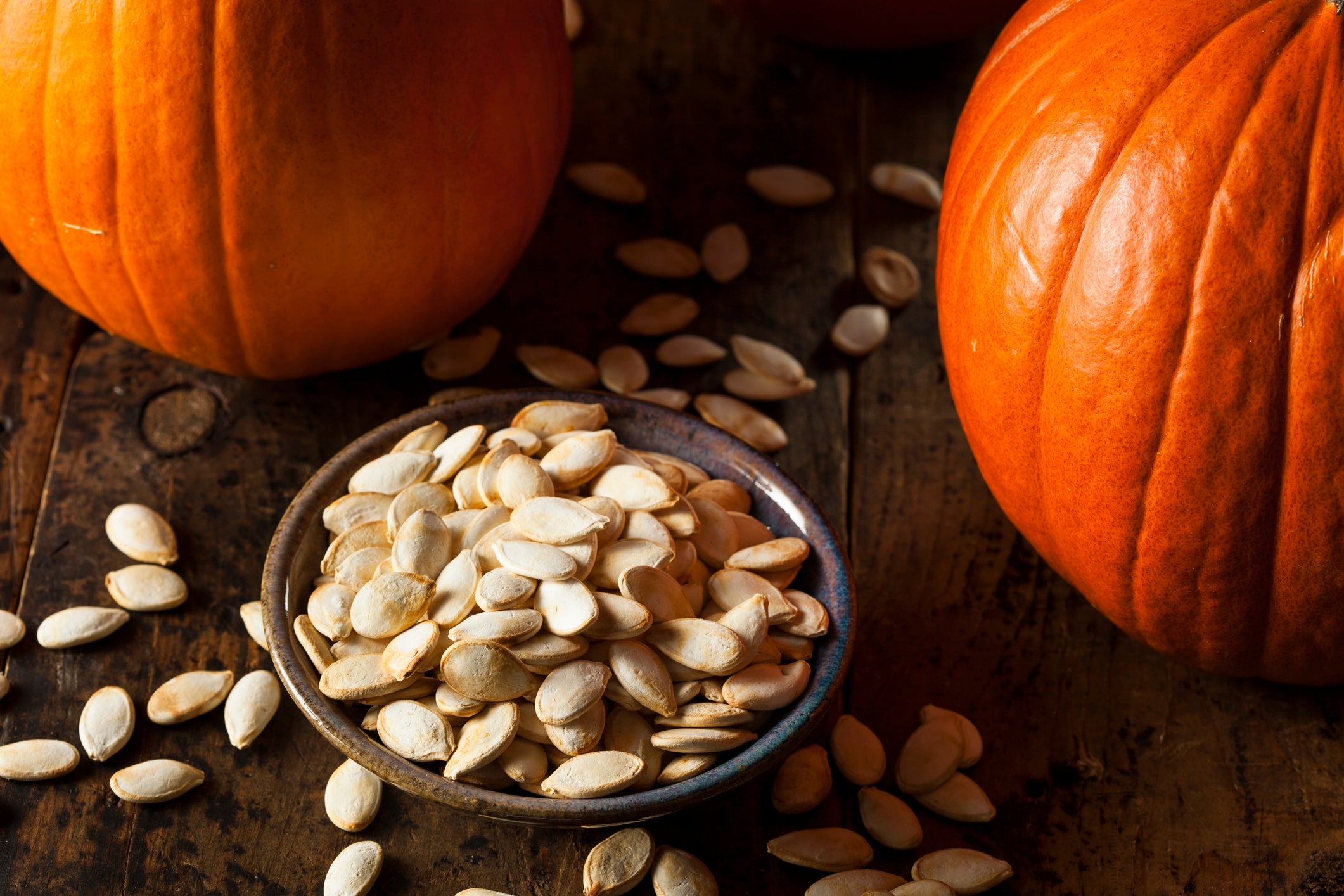
The bodies of practically all seed plants consist of stems, roots, leaves and cones or flowers. One or more of these parts may be absent in a few species. For example, the asparagus plant and certain parasitic flowering plants lack leaves. In asparagus, the functions of leaves have been taken over by small, green stem branches.
Roots, stems and leaves are called vegetative organs. They are concerned with maintaining the life (vegetation) of the individual plant, rather than with the process of reproduction. Roots anchor the plant body firmly in the soil. They absorb water and mineral nutrients from the soil, conduct these absorbed materials upward into stems and transport food downward from stems. Stems produce and support leaves and flowers or cones – they conduct water and nutrients upward and foods downward and they also store food. Leaves, on the other hand, manufacture food in the process of photosynthesis.
If you want to learn more about seed plants, come back for part 2.

